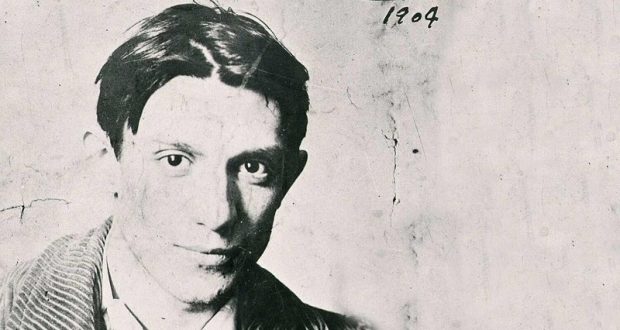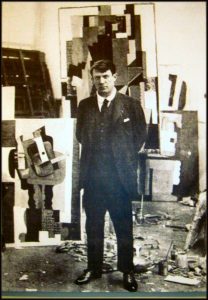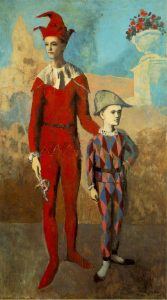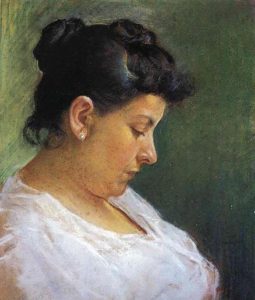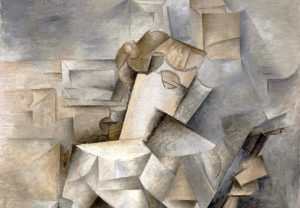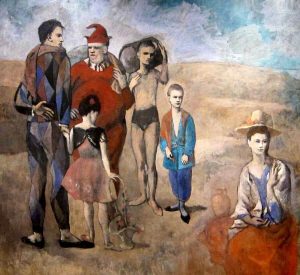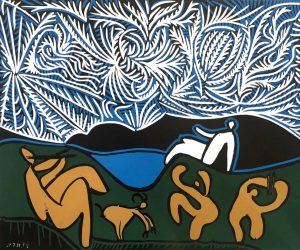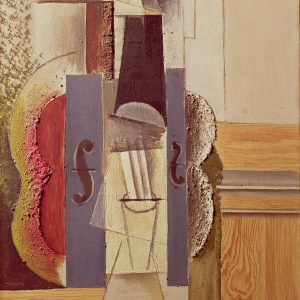By Sal Maccarone
There is no doubt that we are all significant as human beings. But, to be considered as significant in the world of art: That is a big deal! An artist’s contribution can only be assessed, and fully realized in retrospect. Once an artist is given credit for having changed the world in some way, then they are considered as significant. That distinction may be given as a result of insight, talent, timing, or affiliation.
Every once in a while a visionary will come along who is recognized to be a significant artist during their own lifetime. This was certainly the case with Spanish born Pablo Ruiz Picasso, (1881-1973). Credited as being the most important artist of the twentieth century, this individual was so prolific, (50,000 plus artworks), and ever changing, that his work is divided into segments. These eight distinct periods, (which correspond with events in his life), include: All work done before 1901, the Blue period, the Rose period, the Cubism period, the African period, the Surrealist period, and then, all of the Later Works.
Picasso demonstrated an amazing artistic talent in his early years. The thing that most people do not realize is that he painted in a Realistic manner throughout his childhood and adolescence. He received formal training in traditional art at a very young age by his father who was an art Professor. He was then admitted to the Academy of Fine Arts in Barcelona, Spain at age thirteen. To see some of his earlier works gives prospective to how good Picasso was as a realist. It was after 1901 that his style changed as he began to rebel by experimenting with different theories, techniques, and ideas. Always seeming to be one step ahead of what would be the next important thing in art, his work was in constant flux. I would like to point out just a couple of Picasso’s many contributions:
Analytical Cubism, (1907-1911) is a style which was developed by Picasso, and employed the use of monochrome neutral colors. His theory, (at the time), was that objects could be taken apart visually, and then analyzed in terms of their shapes and sizes. In doing this, everything could then be converted into a triangle, rectangle, or circle. Love it, or hate it, this thinking revolutionized European, and then American painting & sculpture. It also helped to inspire related movements in music and literature. After that movement took hold, Picasso was joined by many other artists as the style evolved into what was called Synthetic Cubism, (1912 – 1919). This new movement took his concept one step further by introducing different textures and surfaces into the work. This was the beginning of Collage materials becoming ingredients of fine art work.
Picasso devoted all of his energy to his work, and seemed to become more daring as time went on. His art also became more colorful, and expressive along the way. As late as the 1960’s until his death at age 91, (while in his eighties), he was still producing an incredible amount of artwork. These final works were a mixture of many different styles. Toward the end of his life he was quoted as saying, “My childhood was spent learning to paint like an adult, and then the rest of my life was spent learning to paint like a child.”
Sal Maccarone

